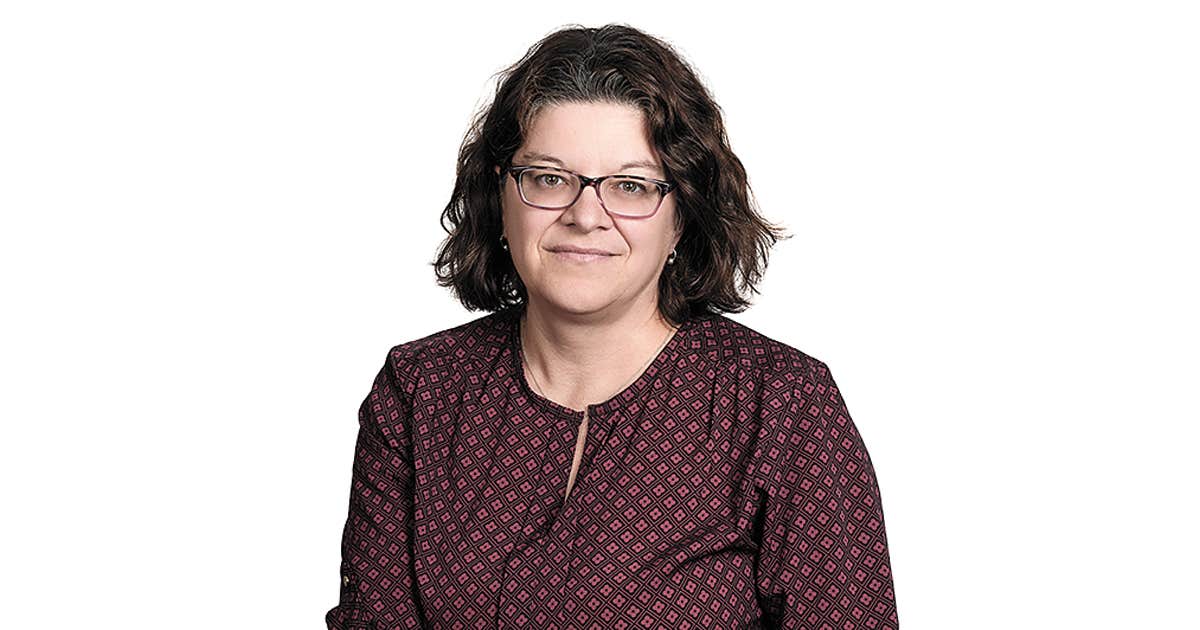By authorizing the exercise of class action for residents of public CHSLDs who experienced an outbreak of COVID-19 during the pandemic, the Superior Court has just taken an important step. This judgment constitutes one of the milestones in what could be the hoped-for reparation for all the relatives of the elders who died in these centers, and who were said to have been cast out in the middle of a shipwreck.
It is Jean-Pierre Daubois who is the plaintiff in this case, who attacks this system of care for seniors which was described in the heart of the pandemic as “second zone”. His mother, Anna José Maquet, died on April 3, 2020, at the age of 94, at the CHSLD in Sainte-Dorothée. The sequence leading to his death, apparently started by choking after drinking carbonated water from a bottle, spanned barely a day. Not having had access to the level of care required by her condition, in particular ventilatory assistance not available when she needed it, the woman died. Her children have the right to question the level of care available at the CHSLD on the day of their mother’s departure.
If the judgment authorizing collective action is not appealed by those it targets, it will therefore be up to the court to measure the degree of disempowerment and abandonment of CHSLDs by public authorities in the midst of a pandemic. We cannot, of course, presume the outcome of the deliberations or substitute a court judgment. However, a number of reports have already concluded that Quebec completely abandoned its seniors in the heart of the pandemic, particularly with a health emergency strategy that focused everything on hospitals, to the detriment of long-term care centers, of which we looked away as several literally turned into death.
The collective action led by Me Patrick Martin-Ménard could target 118 CHSLDs (all public establishments) and therefore extend to thousands of users, spouses, natural caregivers, children, grandchildren and heirs of deceased residents. The court restricted the scope of the action to CHSLDs having experienced an infection rate of 25% or more between March 13, 2020 and March 20, 2021. Let us not forget: in the early days of the pandemic, the Quebec and Canada have won the sad title of nations having counted the highest proportion of deaths due to COVID in long-term care centers in the world. It is the apparent negligence and mistakes committed by the authorities in the deployment of the COVID-19 resistance plan which are targeted here.
The matter is not trivial. Despite repeated calls for a public commission of inquiry to shed light on the disastrous tragedy that took place in Quebec’s CHSLDs during the first waves of the pandemic – more than 5,000 deaths – the Quebec government has always refused to such an exercise, which risked shining the spotlight on its own flaws. Devastating reports — Ombudsman, Coroner’s Office, Commissioner of Welfare and Health, Canadian Armed Forces, Royal Society of Canada — added up, all pointing to a poor chain of command and disturbing contradictions behind the massacre. in the testimonies, fatal political choices. But these reports have not really pointed out any culprits or provided reparation to the families of the victims, like that of Mr. Daubois. It is perhaps the court which will succeed in achieving these two objectives, essential not only for the peace of heart and mind of users and loved ones of deceased seniors, but also for Quebec society, for which this collectively shameful episode remains a spot.
The questions that will be raised are crucial: did Quebec activate its 2006 influenza pandemic plan in a timely manner? Has it failed in its legal obligations to protect public health and provide safe delivery of health services? Did Quebec and its CIUSSS fail to protect CHSLD residents, even though they had been targeted since January 2020 as part of the most vulnerable population? Has the directive to limit hospital transfers from CHSLDs contributed to the increase in deaths? Were CHSLD staff sufficiently trained? Have there been directives ordering the retention of employees infected with COVID-19 despite the risk of spread to users?
These questions are complex and the discussions which will allow them to be explored in depth will be long, if the court is really seized of the substantive debate. The compensation provided to compensate for the torment of loved ones and users is essential in a settlement of this nature, but we bet that the key value of this approach will remain, for those who could benefit from it, the attainment of the truth and a form of responsibility. for those who orchestrated this disaster.
